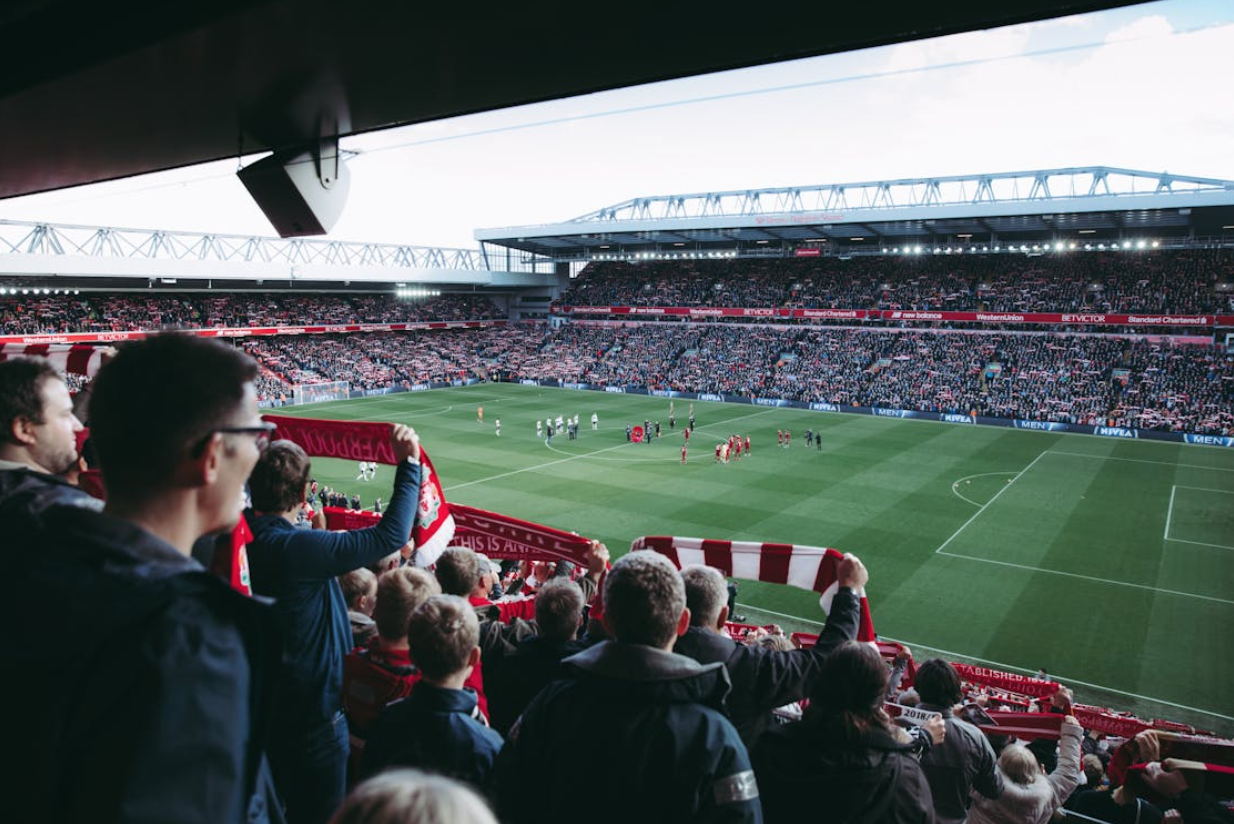The Tactical Power of Counter-Pressing: One of Football’s Most Effective Tactical Strategies

Photo by: Tembela Bohle on Pexels
Tactical pressing has transformed modern football, emerging as one of the sport’s most influential innovations. Known as “gegenpressing,” this high-pressure strategy turns surrendering possession into an offensive chance. Teams rapidly surround the ball carrier, blocking passing paths, minimizing space, and compressing space defensively. This relentless pressure not only forces errors but can create scoring opportunities almost immediately. This combination of defensive strength and offensive flair has made pressing a hallmark of many European “big clubs.”
The Principle of Gegenpressing
In an age of predictive models, fans still love football because of its unpredictable moments. Gegenpressing is not just chasing the ball; it is a highly coordinated effort. It is a tactical philosophy that views losing possession of the ball as a trigger for a planned counterattack. Instead of retreating, the nearest players immediately press the opposition. This combined pressure is used to win the ball back in a valuable part of the pitch. Jürgen Klopp’s Liverpool turned this tactic into their own, and it formed the foundation for their victory. The ongoing pressure of the team became renowned for disrupting opponents’ build-up play. Their forwards and midfielders would swamp the ball carrier, squeezing out all passing channels. A critical moment of turning the ball over was often the turning point. The immediate counter-press would force a quick turnover and a fast transition. These moments of transitional uncertainty were some of Liverpool’s most dangerous chances, catching opponents completely off guard.
Overloading the Opponent
A successful counter-press relies on overwhelming the opposition with numbers. The team creates a numerical advantage around the ball to suffocate the opponent. This denies them time and space to think, making a clean pass nearly impossible. Pep Guardiola’s Manchester City demonstrates a variation of this principle through their positional play. When they lose possession, it is rarely just one player pressing. Instead, several players converge on the ball carrier from multiple angles. This forces the opponent to either lose the ball or attempt a risky pass. City’s “rest defense” positions midfielders and defenders to support the press, helping reduce vulnerability if the initial press is bypassed. The result is a system that can win the ball back quickly and safely transition back into possession.
Turning Defense into Attack
The true power of counter-pressing lies in its offensive potential. Winning the ball high up the pitch presents a massive advantage. Opponents are out of their defensive shape and vulnerable to a quick transition. In New Zealand, football has been steadily growing, with clubs beginning to adopt modern tactics like pressing and quick transitions. The growth of sports has also changed how fans connect. This passion increasingly extends into digital spaces. For instance, New Zealand online casino platforms that include sports betting reflect football’s fast tempo. Like a counter-press, these platforms rely on rapid choices and create a sense of immediacy and unpredictability that mirrors the intensity of the game. This approach to high-intensity play is not limited to emerging football nations. Globally, teams have perfected it at the highest level—Hansi Flick’s Bayern Munich side showcased this tactical benefit perfectly. Their famous 8-2 victory over Barcelona in the Champions League highlighted it. Multiple goals followed turnovers high up the pitch, with quick transitions catching Barcelona off guard. The transition from winning the ball to shooting at the goal was incredibly rapid. This strategy can create more immediate opportunities than patiently trying to break down a well-organized defense. It exploits the opponent at their most vulnerable moment, proving that the best attacks frequently begin with a strong defensive reaction.
The Role of Positional Play and Rest Defense
Counter-pressing is not just about running; it requires an intelligent structure. A team must be in the correct position when they lose the ball. This allows them to press effectively and to prevent a counter-attack. This is known as rest defense, and it is crucial to avoiding defensive vulnerability. Pep Guardiola’s Manchester City is also a model for this disciplined approach. While their attackers press high, their defenders and midfielders maintain a compact shape. This ensures that even if the press is beaten, they are not exposed to a long ball. The defensive midfielder, often Rodri, acts as a screen in front of the backline. This structure means the team can press without the usual defensive risk. It proves that a counter-press is part of a larger tactical system.